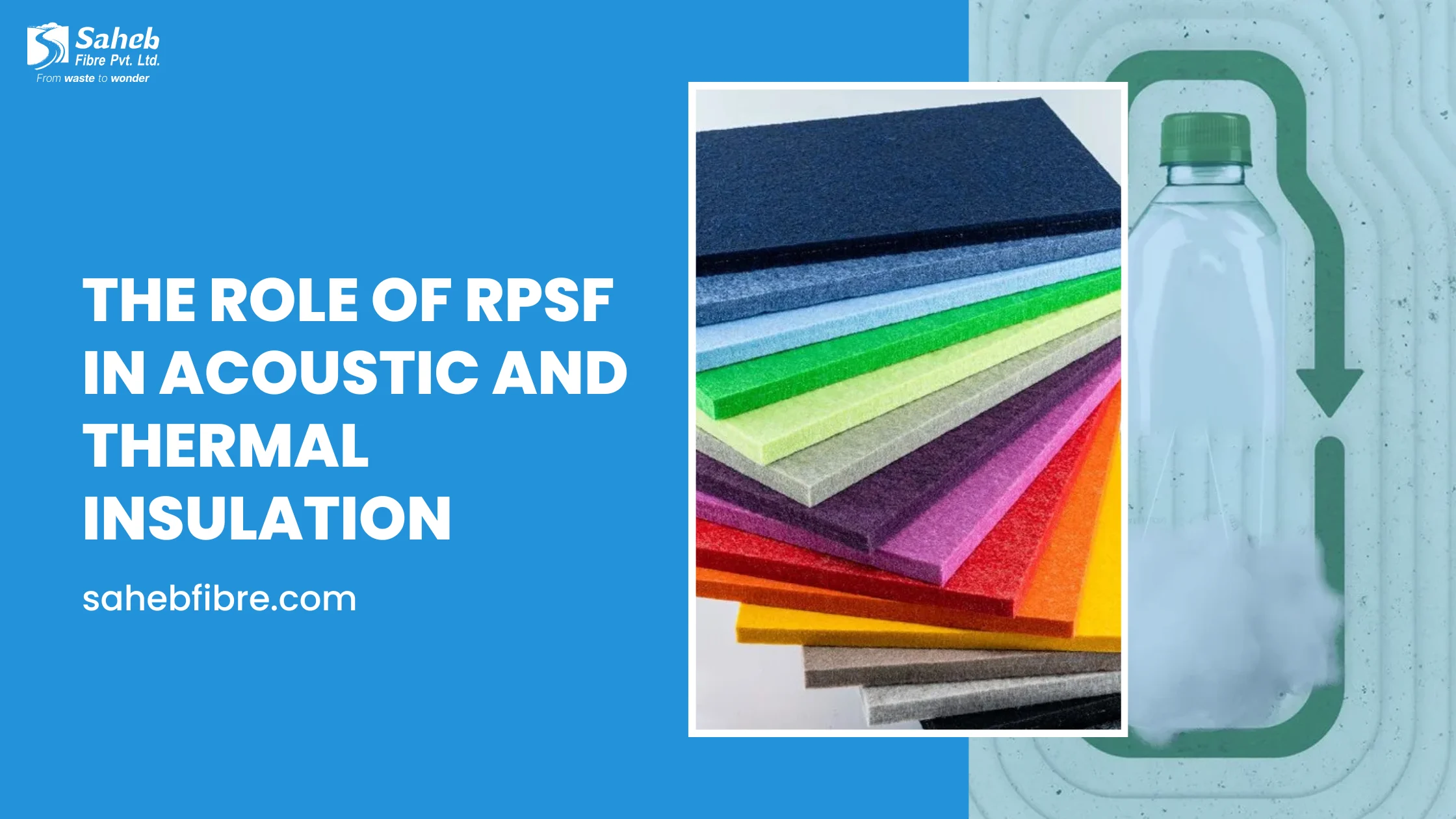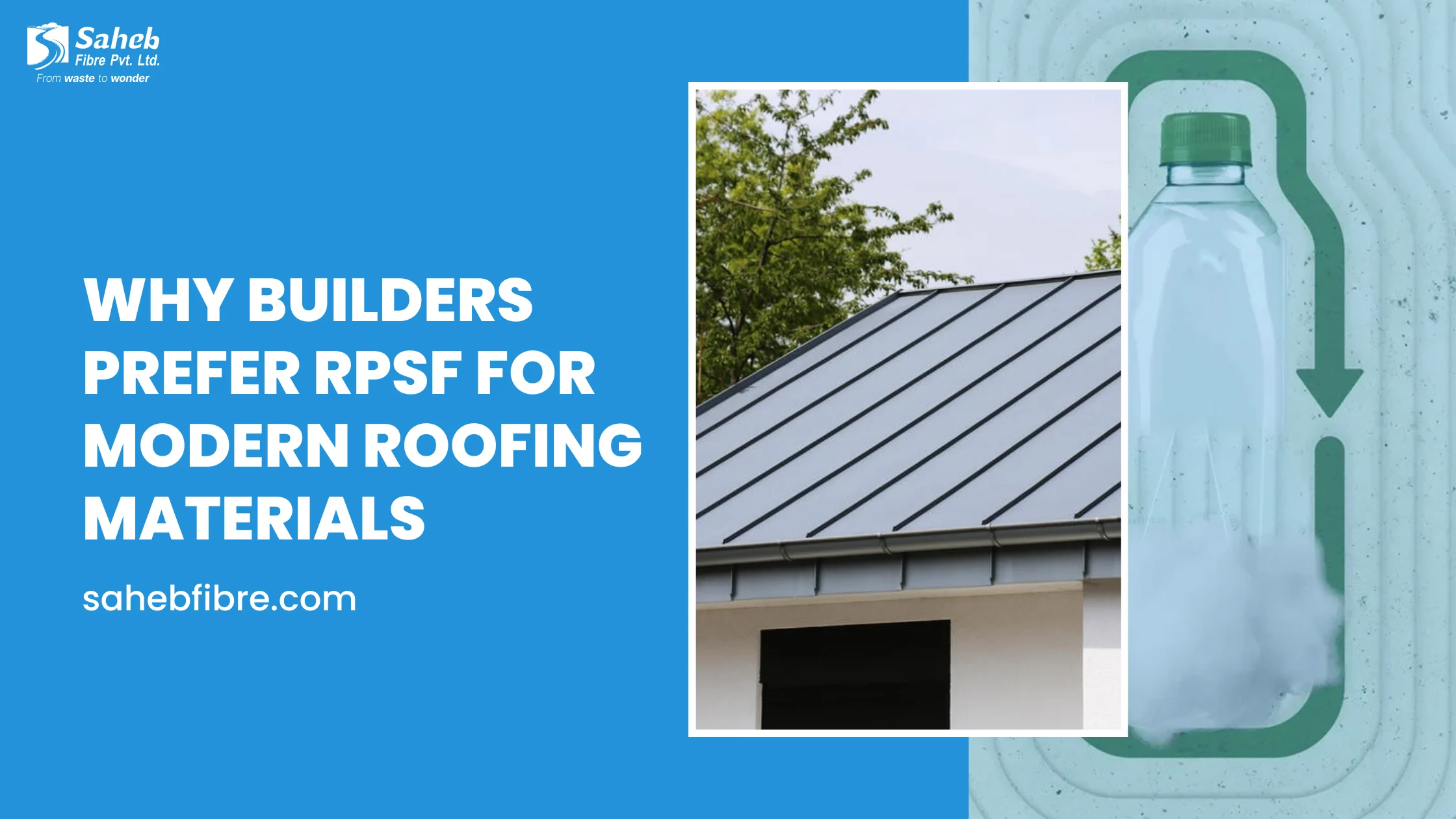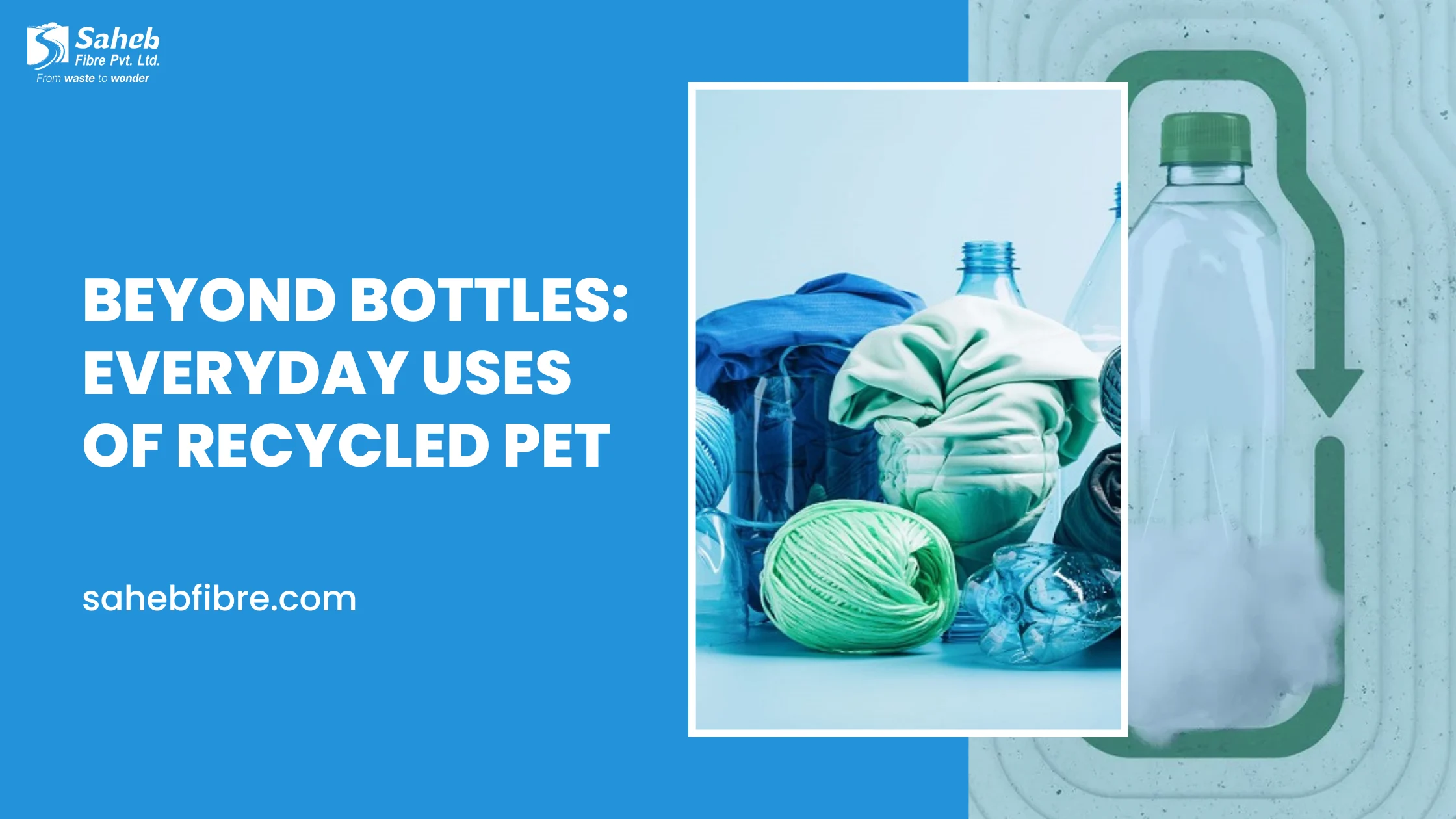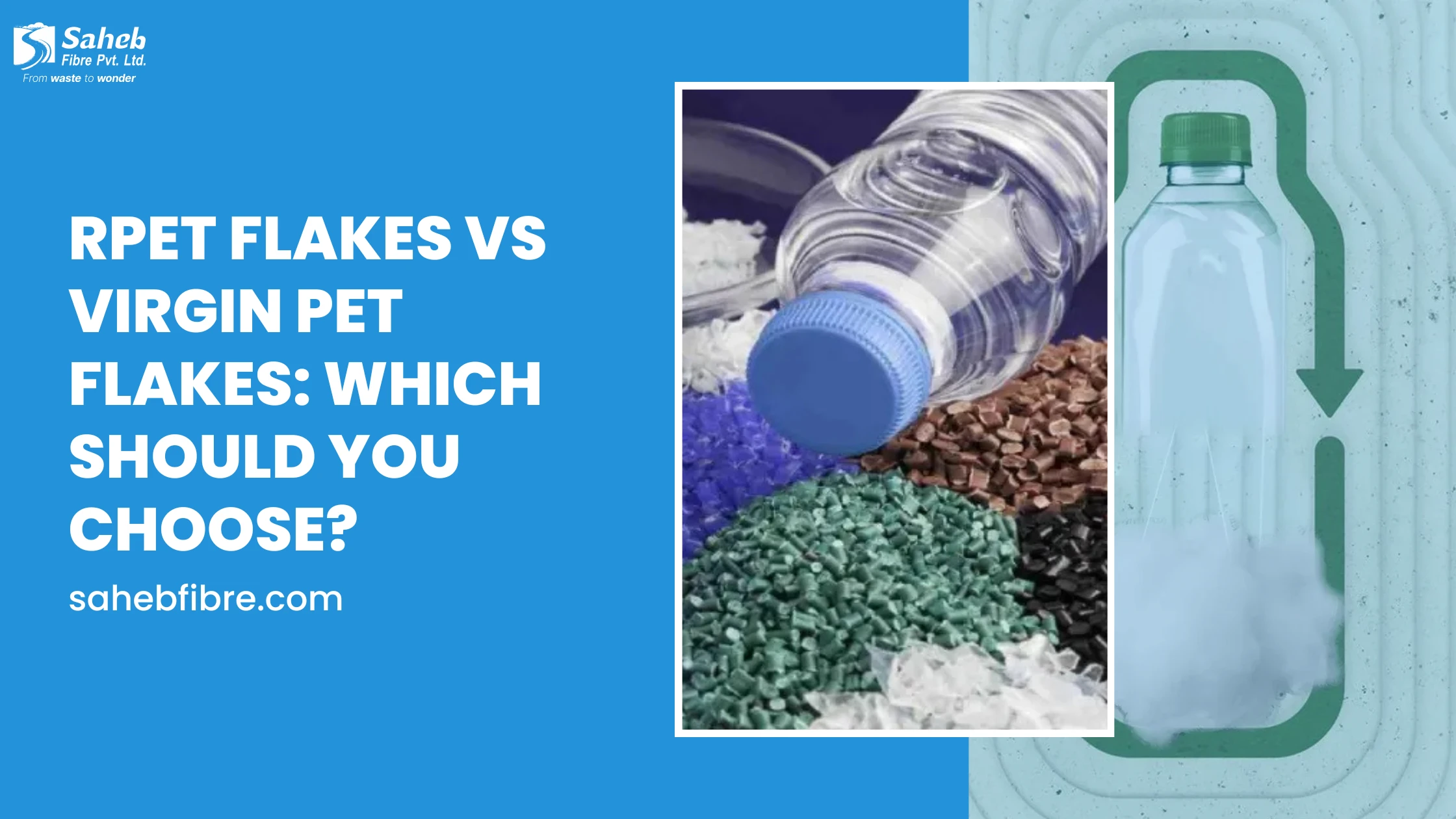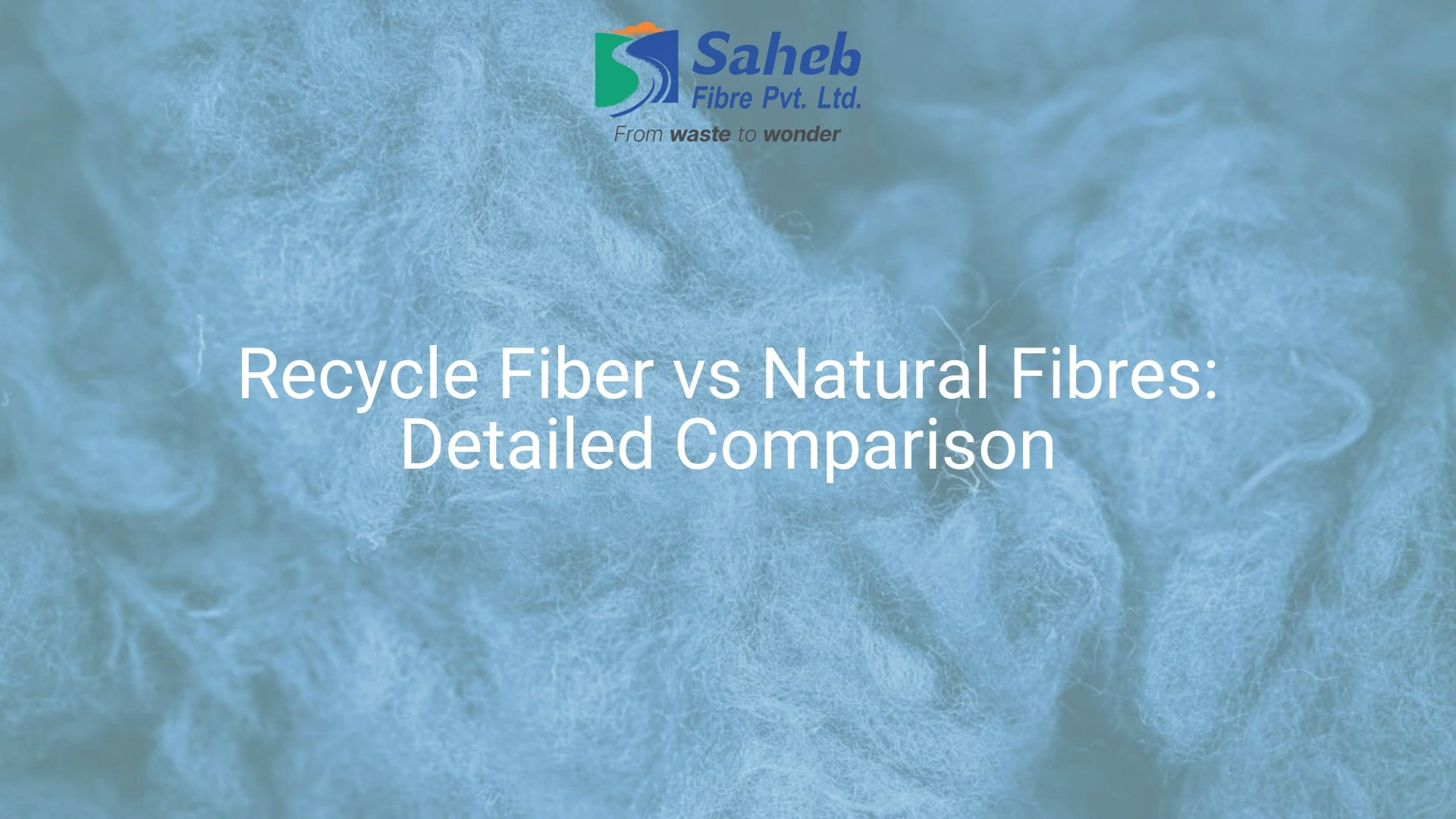
In the modern, sustainability-driven market, industries are trying to find alternatives to minimize environmental impact. The textile and fiber industry is increasingly asking the question: Do you choose recycled fiber or natural fibres? Both of these options are all the same in their claims of being sustainable, but they have large differences in terms of performance, lifecycle, and environmental impact. In this blog we investigate the comparison of recycled fiber, and the conventional fibres such as cotton fibre, jute fiber or wool fibre.
What Are Recycle Fibers?
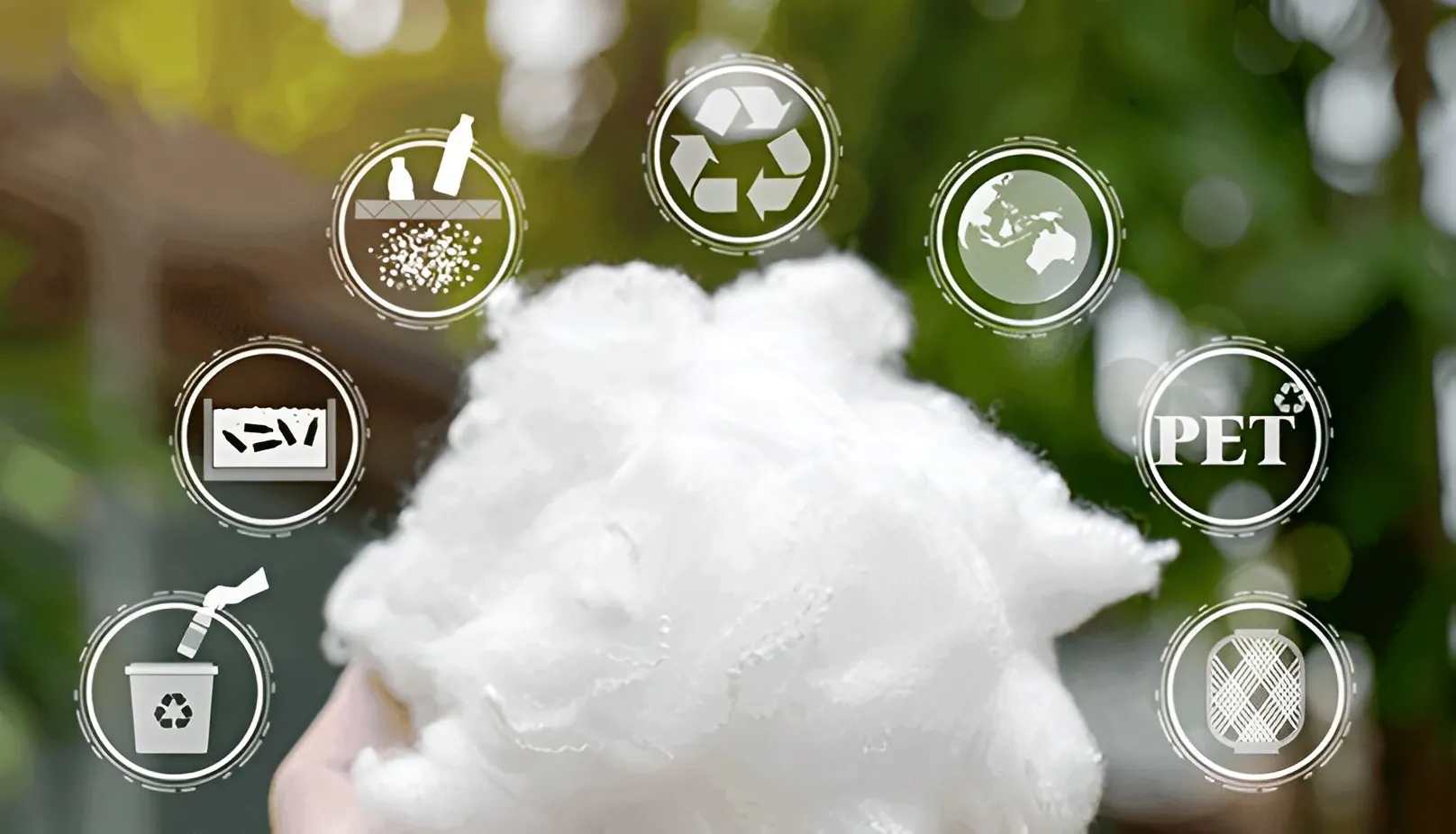
The Recycle fibers especially the Recycled Polyester Staple Fiber (RPSF) are manufactured utilizing PET bottles into high quality fibers. They can be used as textile fibers, car and house interior materials and non-woven materials.
Benefits of Recycle Fiber:
-
Sustainable Manufacturing: Recycling of pet bottles into fiber helps in reducing plastic wastes and preserving natural resources.
-
Energy Efficient: It uses much less energy as compared to virgin polyesters or cultivating natural fiber types
-
Durability: Great tensile strength, resistance to moisture, and color fastness.
-
Cost-Effective: It reduces costs in production and also maintains the same quality in the various applications.
What Are Natural Fibres?
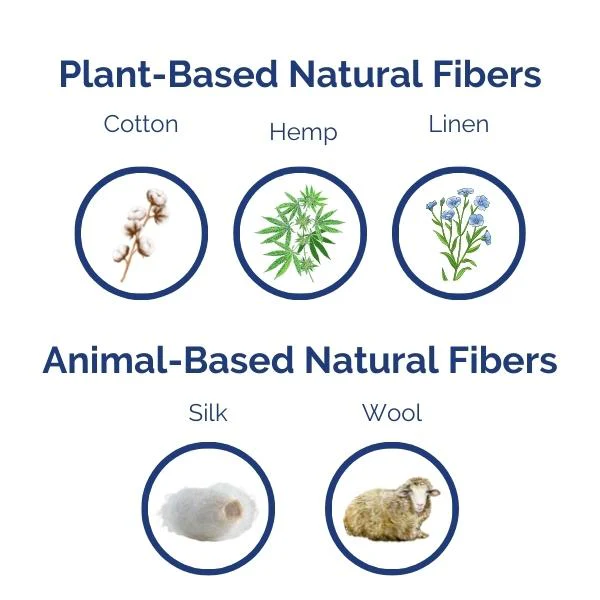
Natural fibres are directly obtained from renewable sources- plants or animals. Examples include:
-
Plant-based: Cotton, flax (linen), hemp, jute, coir
-
Animal-based: Wool, silk, alpaca
The fibers are breathable, biodegradable, and usually used in natural fiber materials, such as traditional textile products and wellness-based products.
Advantages of Natural Fibres:
-
Biodegradability: Compostable products that can be thrown away in nature.
-
Breathability: Provides a high level of comfort in garments as a result of natural air permeability.
-
Cultural Appeal: Likes by some areas regarding traditional products of textiles.
Recycled Fiber vs Natural Fibres: Key Differences
| Feature | Recycled Polyester Fiber | Natural Fibres |
|---|---|---|
| Source | PET bottles (post-consumer plastic waste) | Plants or animals |
| Sustainability | High – diverts plastic waste | High – biodegradable |
| Water Consumption | Low | Very high (especially cotton) |
| Energy Usage | Low (in recycling process) | High (farming, processing) |
| Durability | High – long-lasting, strong | Moderate – weaker over time |
| Cost Efficiency | More cost-effective | Prone to price fluctuations |
| Applications | Textiles, Automotive, Insulation | Mainly textiles, Home use |
Environmental Impact: A Deeper Look
Recycled Fiber:
-
Diverts plastic and textile waste out of the landfills by using plastic bottle to fiber conversion
-
Consumes 33-53%energy lesser than the production of virgin fiber
-
Uses less than 60% of water compared to virgin cotton
-
Note: Other synthetics such as polyester fiber made of PET bottles can continue shedding microplastic
Natural Fibre:
-
Completely biodegradable (no landfill load)
-
Is able to grow organically without the use of any chemicals
-
~2,700 liters of water per T-shirt, however, is used alone by cotton
-
Wool needs pasture, and produces methane (GHG)
Winner: Recycled fibers can be used to achieve close-loop sustainability whereas natural fibre can decompose.
Durability & Functionality
Recycled Fiber:
-
Strong and elastic, especially rPET made via pet bottle recycling to fiber machine
-
High resistance to wrinkling and shrinkage
-
Maintains shape, ideal for sportswear and outerwear
-
May lack softness or breathability in some forms
Natural Fibre:
-
Excellent breathability and comfort
-
Tends to degrade faster and needs gentler care
-
Prone to shrinkage (cotton) or wrinkling (linen)
-
Premium natural fibres (e.g., hemp, bamboo) are more durable
Winner: Recycled fiber for long-lasting, technical applications; natural fibres for soft, skin-contact usage.
Biodegradability & End-of-Life
Natural fibre: Natural fibres such as organic cotton or hemp can decompose in a composting environment within months.
Recycled fiber: Recycled fibers are not biodegradable, but polyester fibre from recycled PET bottles can be reprocessed, supporting pet bottles to polyester fibre circularity.
Cost Consideration
Recycled fiber: Recycled fibers are more economical due to abundant raw material and pet bottle recycling to fibre scalability.
Natural fibre: Natural fibres, especially organic or specialty ones (e.g., bamboo, flax), are more expensive due to farming, harvesting, and supply chain complexities.
Winner: Recycled fibers offer better value for large-scale industrial use; natural fibres align with boutique, artisan, or wellness markets.
Use Cases Across Industries
| Industry | Recycled Fiber | Natural Fibres |
|---|---|---|
| Fashion | Sustainable sportswear, fast fashion, denim | Premium fashion, organic clothing, babywear |
| Packaging | Sustainability wrapping, rPET trays | Paper pulp, jute sacks, hemp packaging |
| Automotive | Car interiors, soundproofing panels | Not widely used due to strength limitations |
| Home Furnishing | Curtains, rugs, upholstery fabrics | Linen sheets, jute mats, wool blankets |
| Construction | Insulation material (recycled PET panels) | Hempcrete, straw bales |
Why Choose Recycled Fiber from Saheb Fibre?
Saheb Fibre believes in innovative recycling, which supports the circular economy. Our recycled fiber form of PET bottles enables industries to cut down its carbon footprint, meanwhile maintaining the same level of quality. Located in Morbi, Gujarat, Trusted supplier PET flakes, Recycled Polyester Staple Fiber (RPSF), Colored RPSF to support various sustainable manufacturing needs.
Highlights of Saheb Fibre:
-
Advanced PET bottle recycling to fiber machine operations
-
Consistent Fiber Quality for Global Markets
-
Bulk Manufacturing Capabilities
-
Compliance with Sustainability Standards
Best Quality Recycle Fiber Products
Conclusion: The Smarter, Greener Choice
Recycled fiber and natural fibre both play a role in creating a more sustainable textile and manufacturing future, but they meet different needs. Cotton fibre, jute fiber, wool fibre among other natural fibres have the advantages of biodegradability, breathability and traditional value hence suitable in the premium, comfort-based, and cultural usages. By contrast, recycled fibers, particularly recycled polyester staple fiber which is produced using PET bottles, have the advantages of durability, affordability and circularity. They minimize wastes, use less resources and promote mass sustainability.
Recycled fiber becomes the smarter, scalable solution to the industries looking to balance performance, cost, and impact on the environment. Recycled fiber is a consistent and sustainable alternative, having a cheaper carbon footprint, whether you are using in textiles industry, home furnishings, automotive components, or packaging.
At Saheb Fibre, we believe in transforming plastic bottles to fiber not just as a process, but as a purpose. Join us in building a cleaner, greener tomorrow—one recycled fiber at a time.
